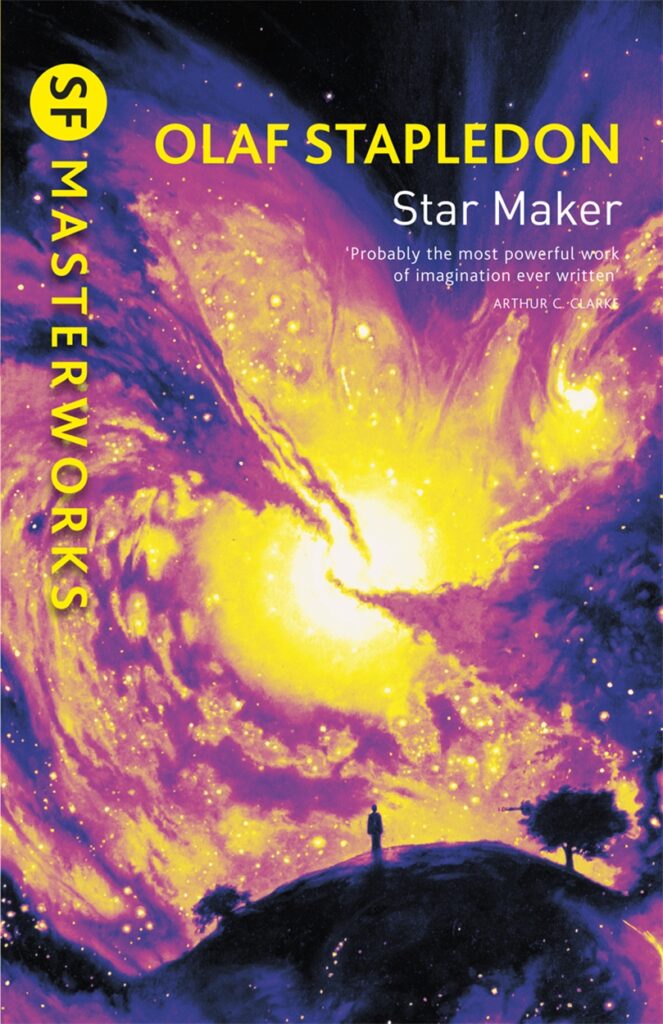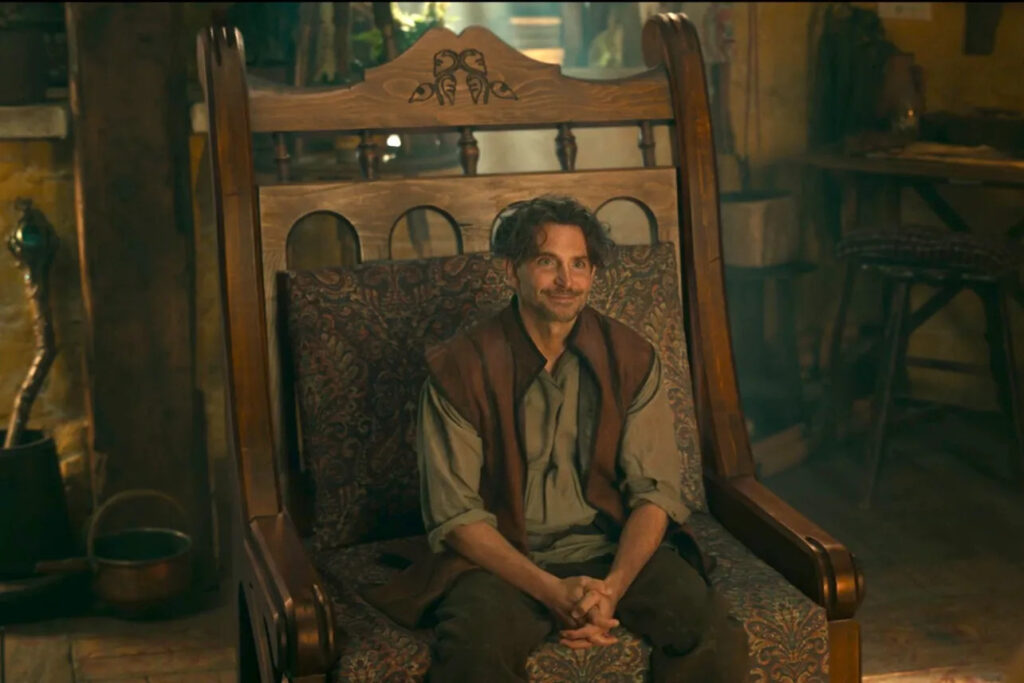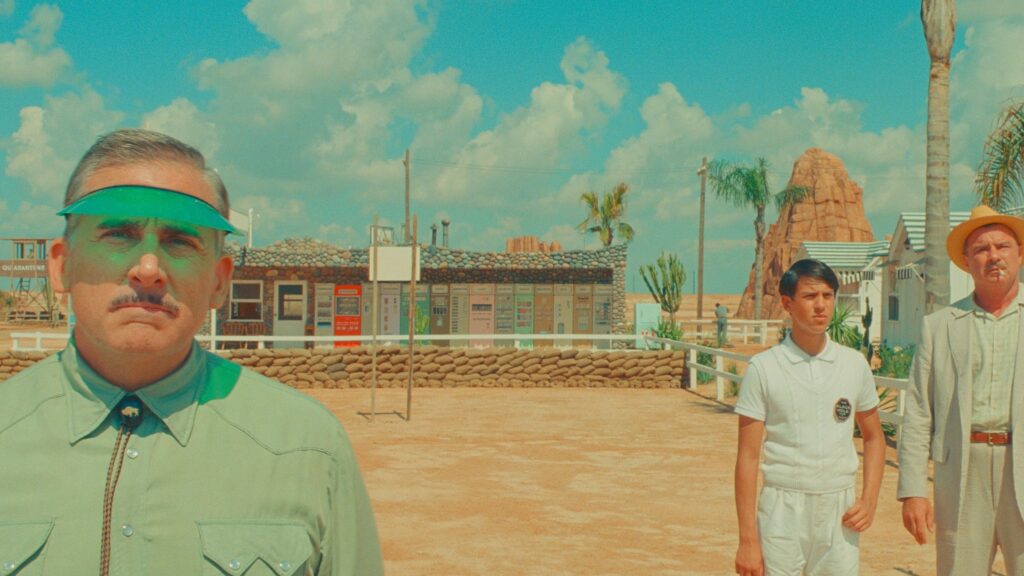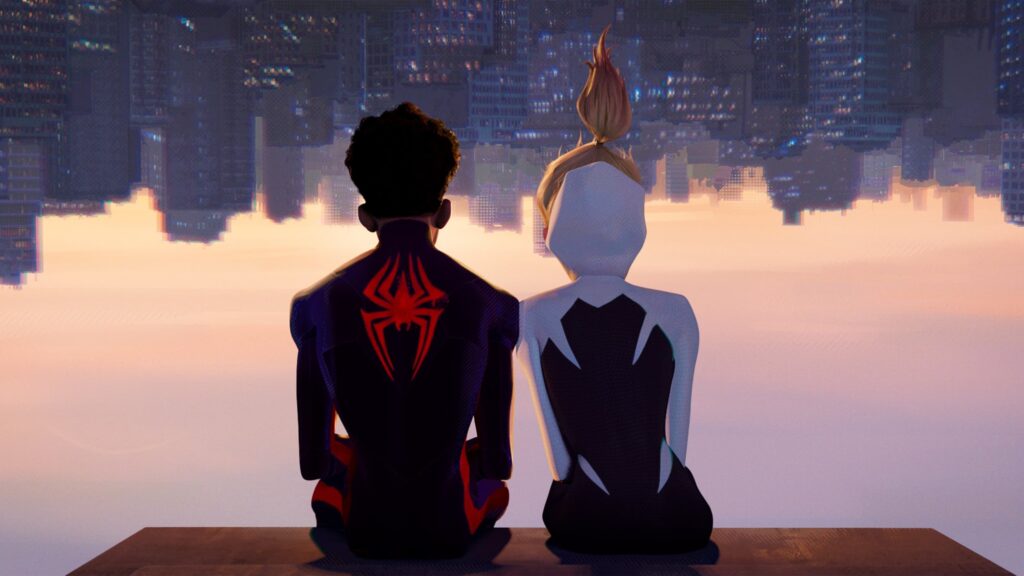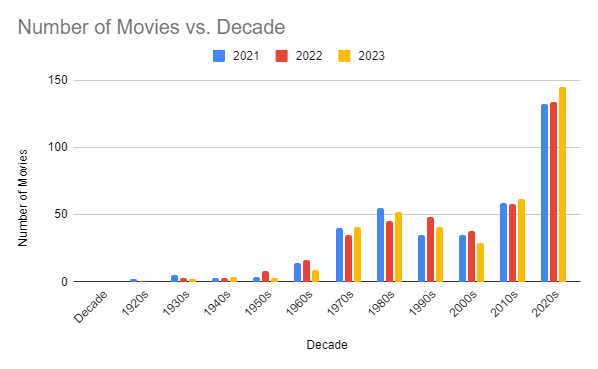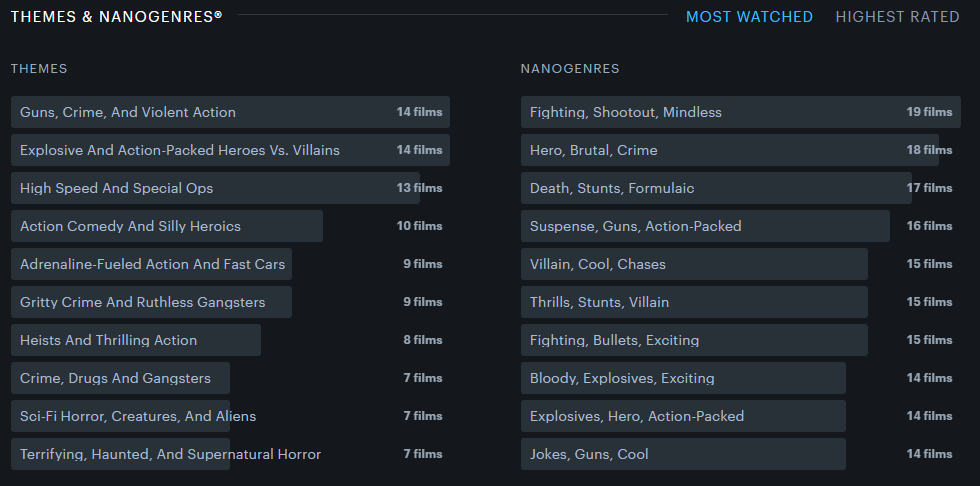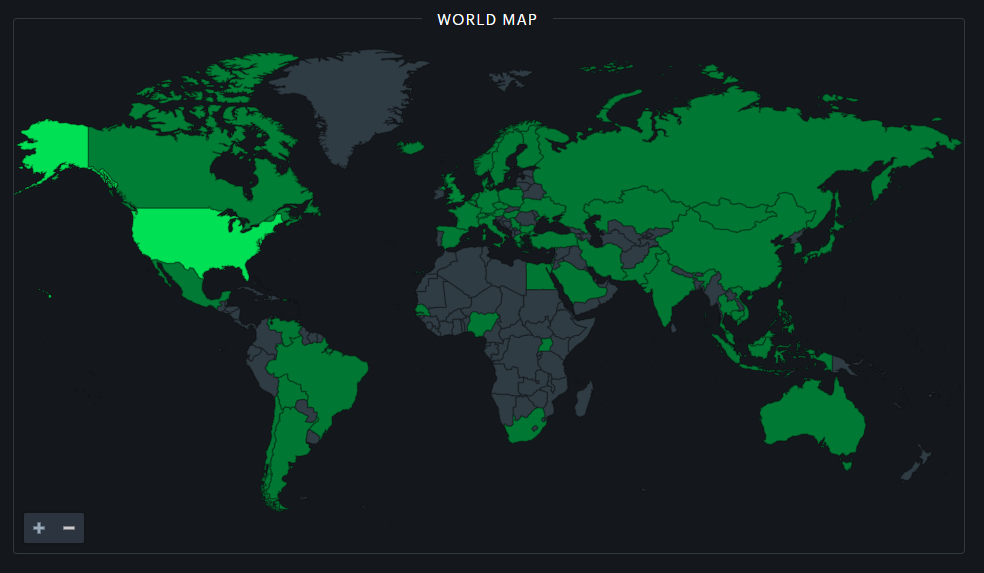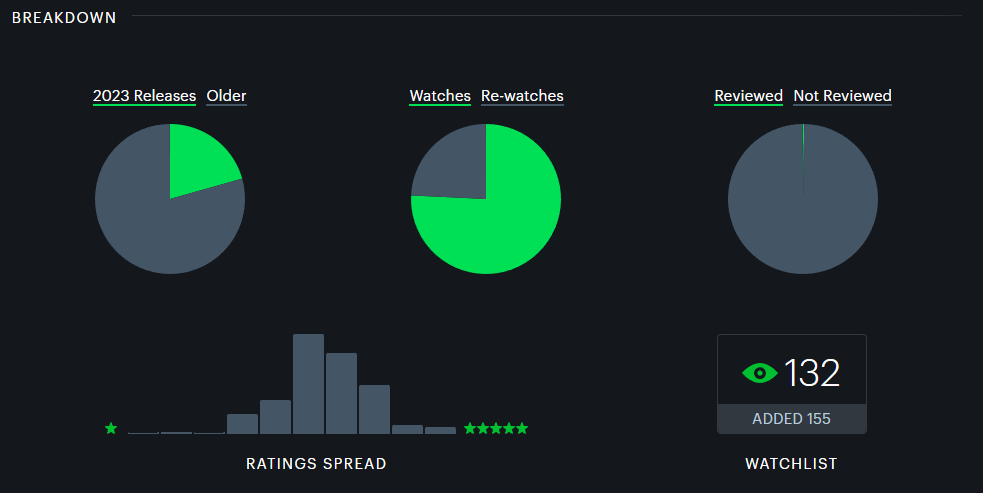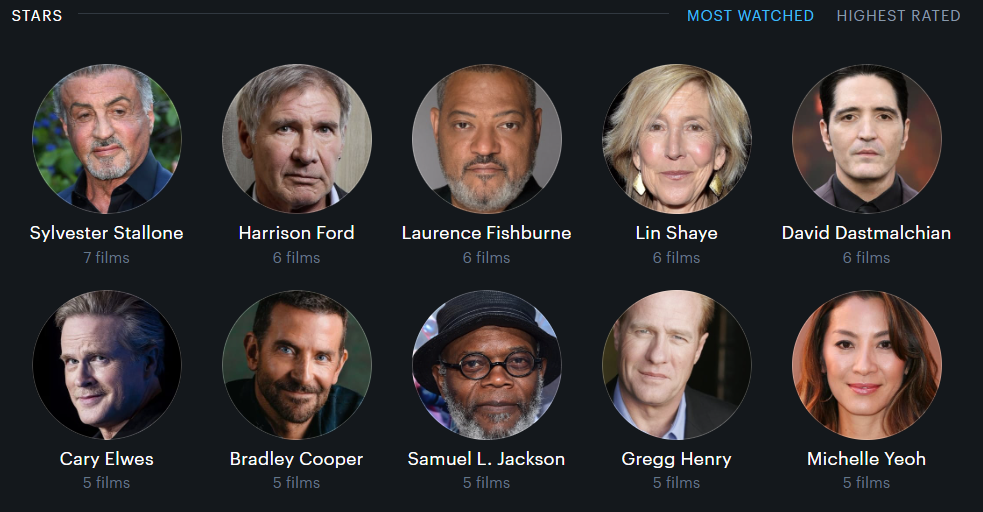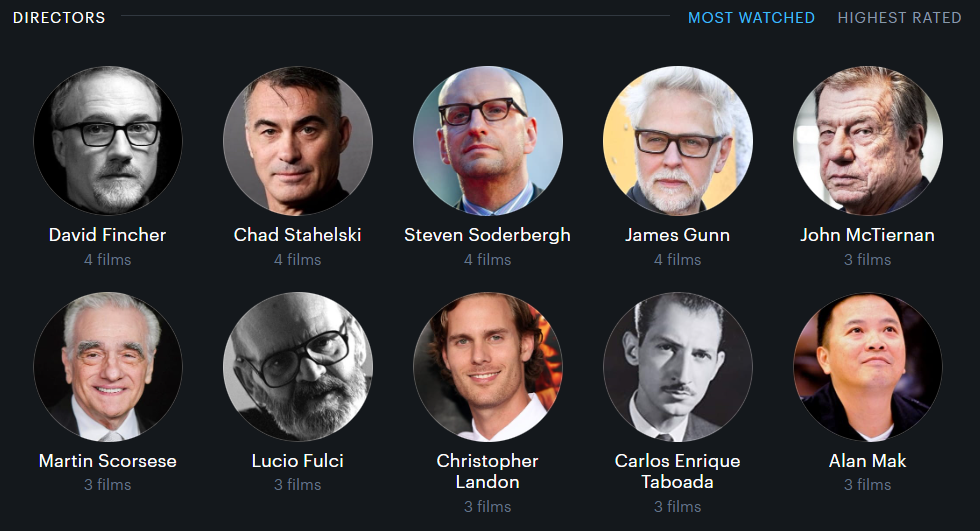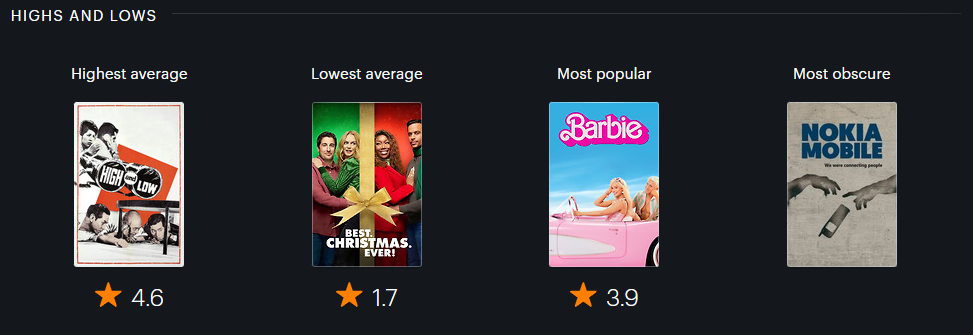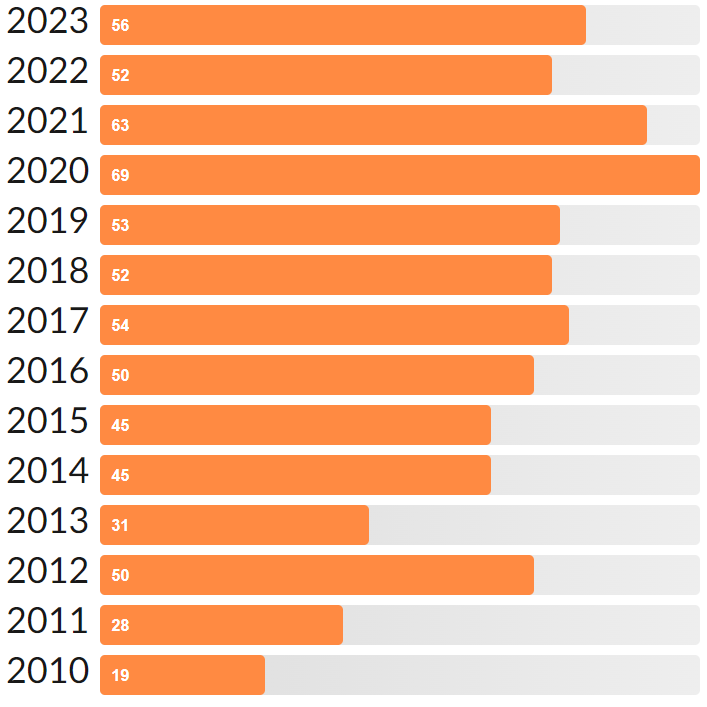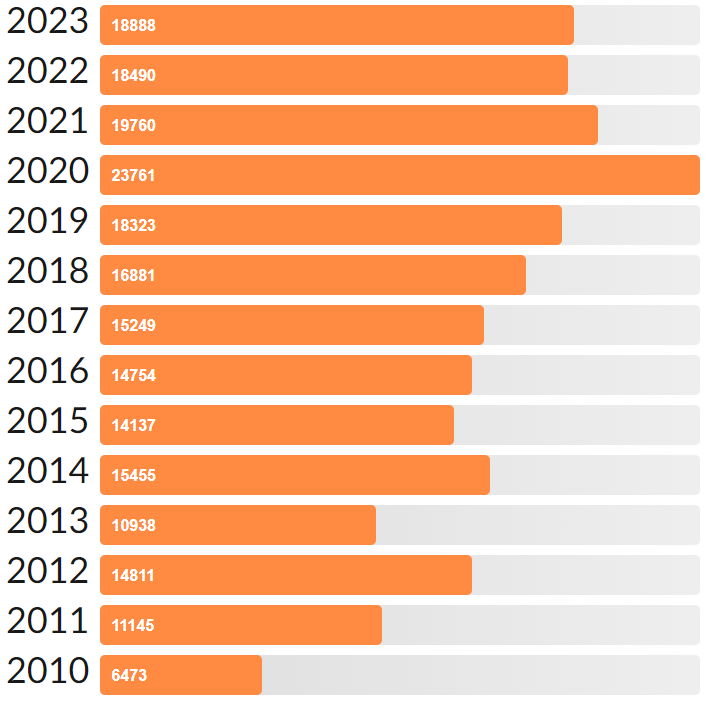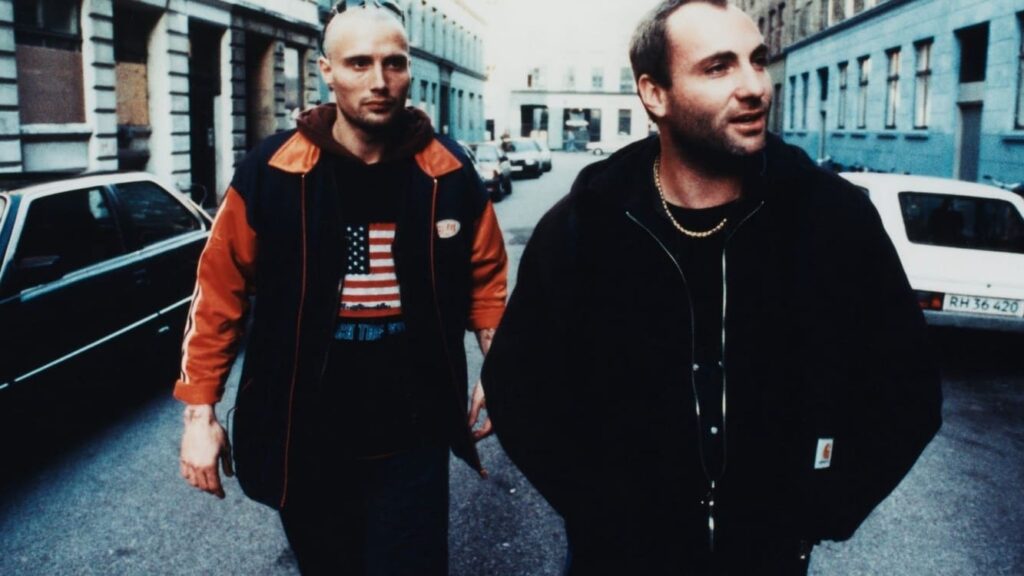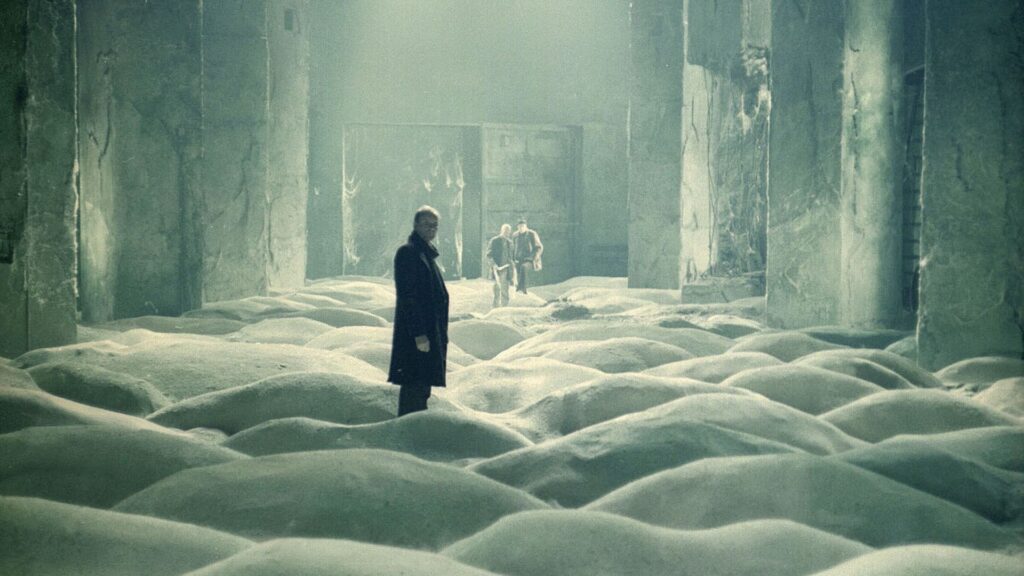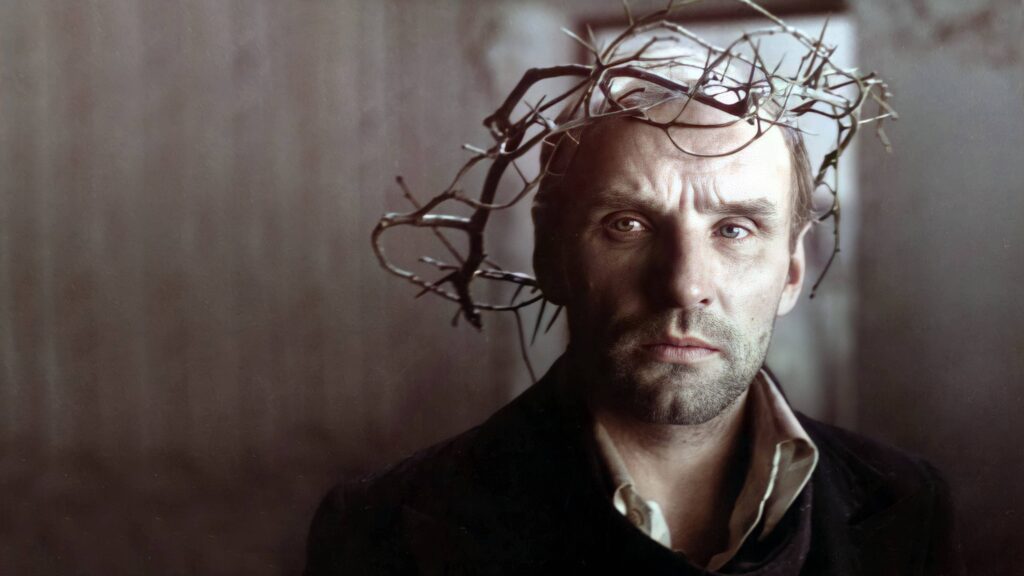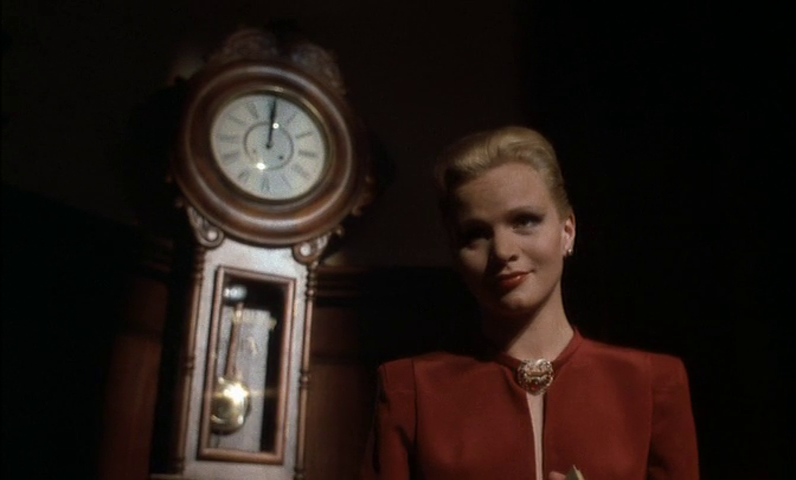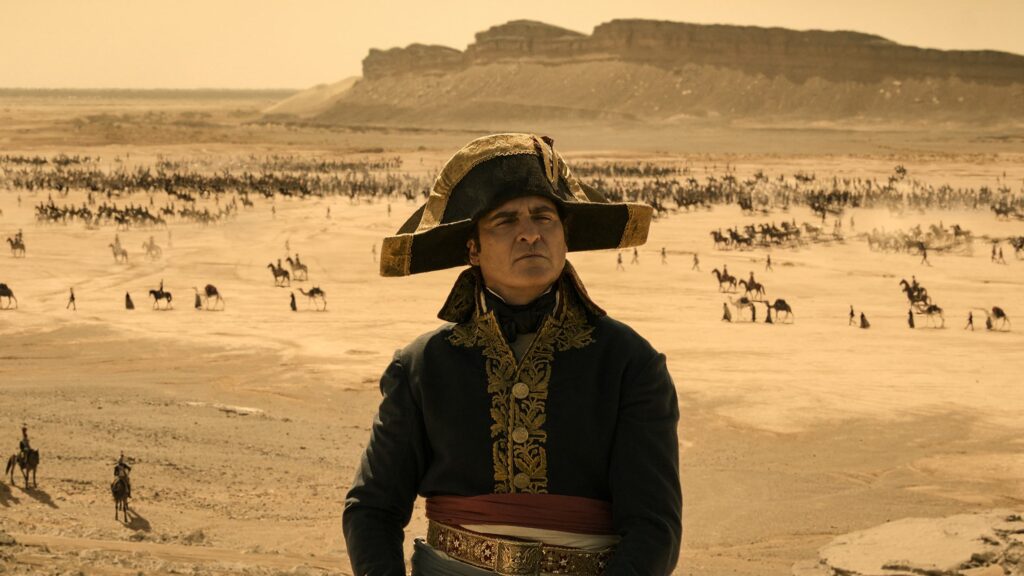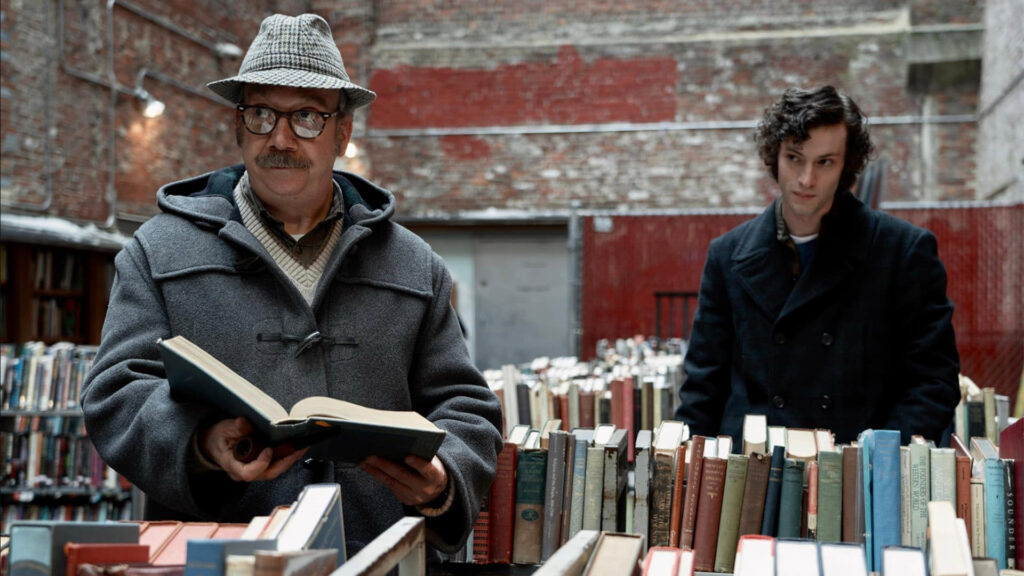Favorite Movies of 2023
We conclude Kaedrin Movie Awards season with a traditional top 10 list of my favorite movies of 2023, only a month and a half (or so) late! This marks the eighteenth year in a row that I’ve posted a top 10. For reference, previous top 10s are here: [2022 | 2021 | 2020 | 2019 | 2018 | 2017 | 2016 | 2015 | 2014 | 2013 | 2012 | 2011 | 2010 | 2009 | 2008 | 2007 | 2006]
It’s traditional at this point to discuss themes of the year in film, usually a fraught exercise even in the best of times, but there’s almost always something worth exploring in this space, however dubious it may be… The two big themes of this year: the decline of superheroes and the rise of… brands? There were a couple of successful superhero standouts this year (Spider-Man: Across the Spider-Verse, Guardians of the Galaxy Vol. 3), but there were a ton of movies that were both artistic and box-office failures (Ant-Man and the Wasp: Quantumania, Shazam! Fury of the Gods, The Flash, and several others). Part of this is post-Endgame superhero fatigue, but part of it comes down to quality. DC has always been a mixed bag, but Marvel has clearly overextended (the likely culprit being the Disney+ shows, but the overall franchise service in the MCU was already getting overbearing) and the quality has suffered greatly. 2024 will likely continue this trend, but after a Hollywood strike-fueled delay, 2025 will see an uptick in offerings. Only time will tell if this will be the last gasp of a dying genre or a revitalization and return to dominance.
In 2023, at least, part of the slack was taken up by “brand” movies. Not all of these were huge box office successes and I don’t quite think that the genre has legs, but obviously we’re going to see more of these in the future. At minimum, we’re going to get several more Barbie movies, and who knows, we may experience a resurgence not seen since the heady days of the Mattel and Mars Bar Quick Energy Chocobot Hour. Um, anyway, there were tons of other brand movies in 2023, including Tetris, Air, Flamin’ Hot, and BlackBerry. Again, not sure how widespread this will ever get, but it was certainly a thing in 2023.
Smaller trends include half-movies, some of which were hidden by marketing, which is also a component present with the marketing of musicals as if they weren’t musicals. More heartening is the fact that 3 of the top 5 movies are, well, not quite original, but to be disgustingly businesslike, they are basically new IP (and there’s another original movie in the top 10). This is not exactly the Retvrn we may all desire, but it’s a promising step after the last few decades…
As of this writing, this top 10 list is pulling from a total of 119 movies I’ve seen that could be considered a 2023 release. This is less than your usual critic, but probably more than your typical moviegoer. Standard disclaimers apply, and it’s always worth noting that due to release schedules (especially in these plague years), some movies from 2022 that didn’t become available until 2023 qualify for this list. Alrighty then, I think we’ve covered all our bases, so let’s get to the feature presentation:
Top 10 Movies of 2023
* In roughly reverse order
Godzilla Minus One – The best Godzilla movie I’ve seen since the original 1954 classic. While this has plenty of monster smash action, the thing that sets this apart is the focus on a culturally and thematically rich human story at its core. Minus One centers on a flawed but striving protagonist that you can’t help but root for, and that imbues the struggle with Godzilla with much more power than most monster slugfests. It manages to balance spectacle with just the right dollops of melodrama and thematic heft, tying it all together in a surprisingly effective package.
More Info: [IMDB] [Amazon] [Kaedrin Arbitrary Award Winner] [Kaedrin Movie Award Winner]
Killers of the Flower Moon – I’m not quite as rapturous about this Martin Scorsese epic on the plight of the Osage people as many folks are, but it’s an immensely well made film, energetic and agonizing at the same time.
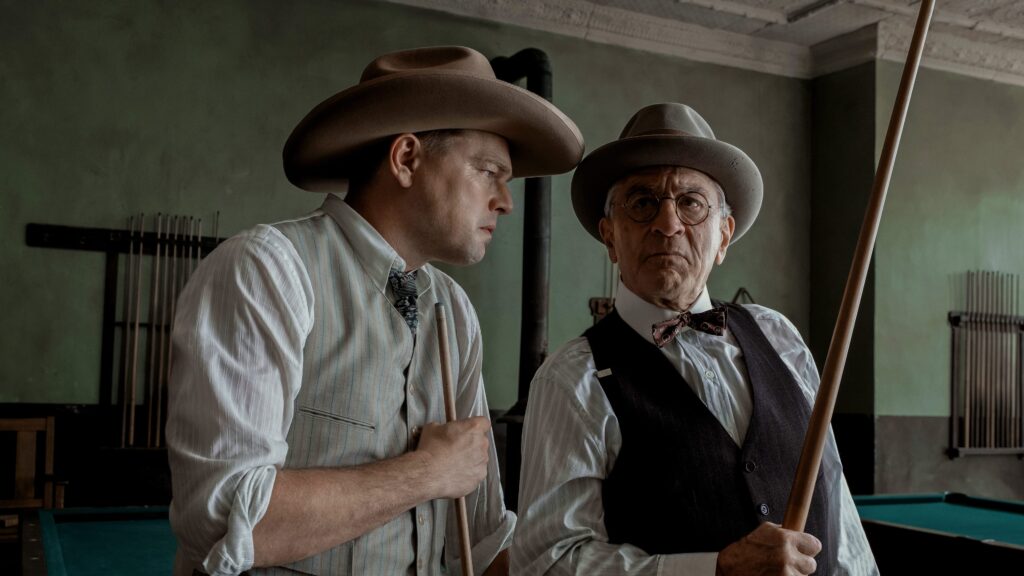
This excruciating portrayal of a town of amoral monsters with no interest in or sense of right-and-wrong isn’t exactly fun to watch, but Scorsese does manage a few Coen-esque moments of dark levity here and there. It’s a bit indulgent and certainly overlong, but also something of an achievement that a movie this unpleasant can still succeed this well.
More Info: [IMDB] [Apple TV+] [Kaedrin Arbitrary Award Winner]
John Wick: Chapter 4 – The final installment (for now, I guess) of the Wick saga is also maybe a tad indulgent and overlong, but it’s suffused with grandeur and an unexpected melancholy that suits the series well. It looks great and has several of the best action sequences of the year, including an overhead oner that is utterly glorious cinema. A fitting end to the series, even if it will shamble on in spinoffs and sidequels or whatever they call it.
More Info: [IMDB] [Amazon] [Kaedrin Movie Award Winner]
The Killer – David Fincher’s self-deprecating paen to the hollowness of perfectionism, a universal critique of the justifications and rationalizations we all indulge in all wrapped up in a tight genre exercise that’s thrilling and even a little funny on its surface levels. It’s better when you know more about Fincher, but his critique isn’t quite as devastating because he’s also making so much fun of himself (or, at least, his filmmaking persona). He’s in it with us.
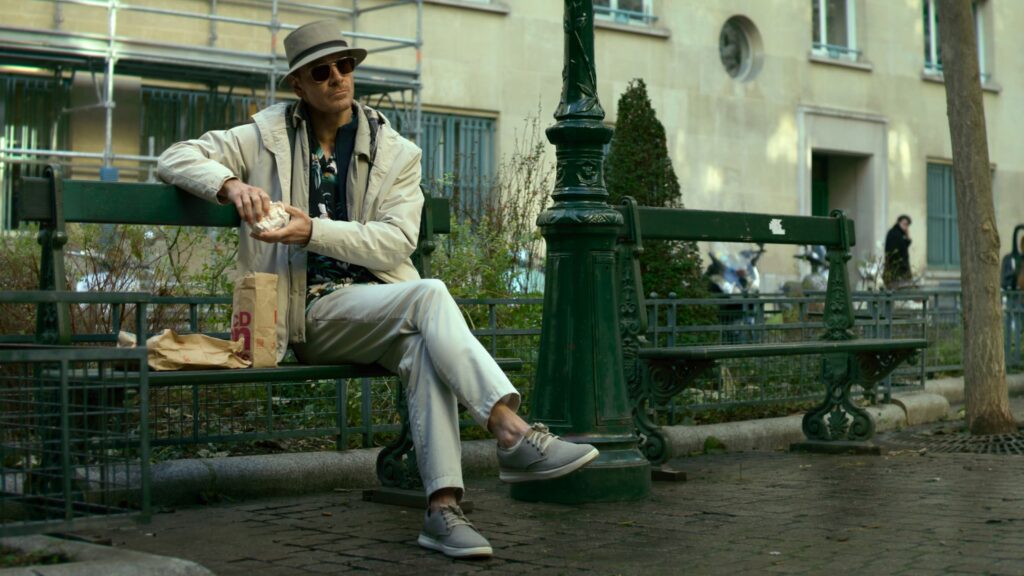
Great performances from the likes of Michael Fassbender and Tilda Swinton (not to mention all the bit parts swallowed up by character actors like Charles Parnell) and a digital aesthetic that’s actually distinctive (something Fincher’s been doing for a long time). I wish it got more of a theatrical release.
The Artifice Girl – Talky, stagey, micro-budget, ideas-driven Science Fiction is my catnip. Underseen and probably best experienced knowing as little as possible going in, so I’ll leave it at that, but it’s a movie that will turn the tables on you multiple times, despite mostly being set in a single room with folks chatting.
More Info: [IMDB] [Amazon] [Kaedrin Movie Award Winner]
Anatomy of a Fall – The French court system, as portrayed in this movie, is absolutely wild (I’m assuming liberties are taken, but the wacky way the trial unfolds is one of the joys of watching this movie as an outsider).
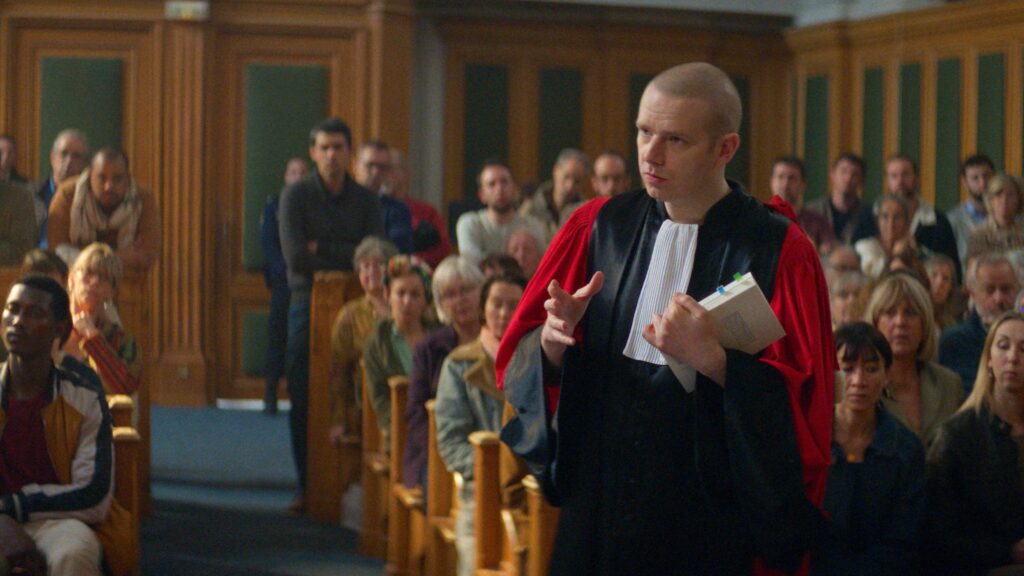
I’m a sucker for twisty courtroom dramas, and this hits all those notes well (French wackiness notwithstanding), anchored by Sandra Hüller’s performance, but I’ve also always connected with the thematic point about the difficulty of recreating the past in the present as well. It’s a daunting problem even in the best of situations, but this movie is a good demonstration of the nuts and bolds of why it’s so difficult to know actually what happened (and not to sermonize, but it’s only going to get more difficult in the future).
The Pigeon Tunnel – Errol Morris documentary on the storied life and career of David Cornwell, more famous as his pen name John le Carré. It takes the form of an extended interview (or, should I say, interrogation, a key distinction that sets this apart from Morris’ other similar efforts), but it fits surprisingly well with Morris’ filmography and the impenetrable nature of Cornwell’s character.
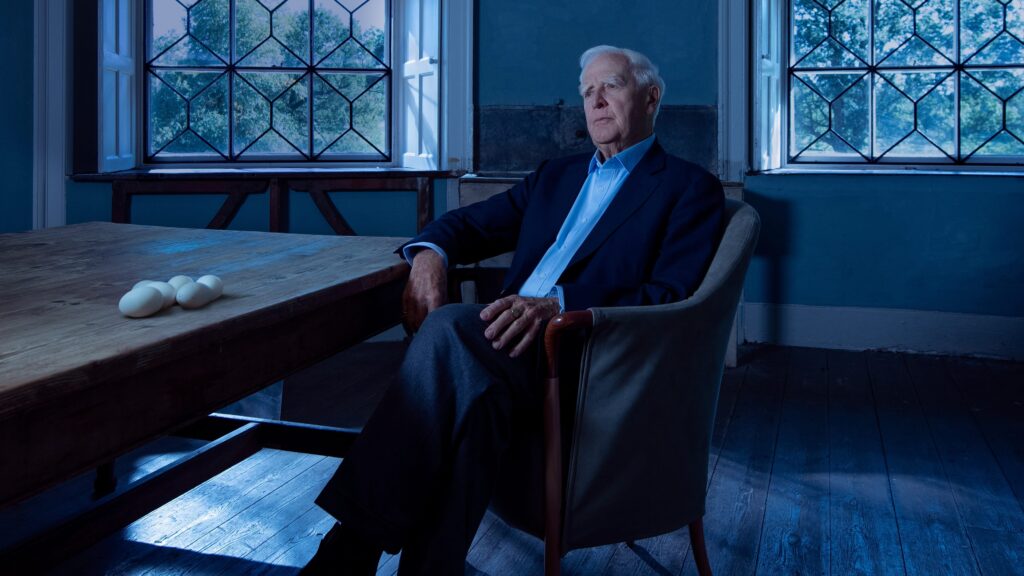
Morris and by extension, the audience, is never quite sure where Cornwall is drawing the line between fact and fiction, but he’s such an engaging presence and natural storyteller that it doesn’t really matter. It made me want to read more le Carré, which is always a good sign when watching a movie like this.
BlackBerry – The best of the rash of “brand” movies we saw in 2023, partly because it covers both the rise and fall of said brand (a few of these movies feel like two hour advertisements for the brand, but not this one), but also because of its good humor and great performances, particularly from Glenn Howerton as the enraged co-CEO.
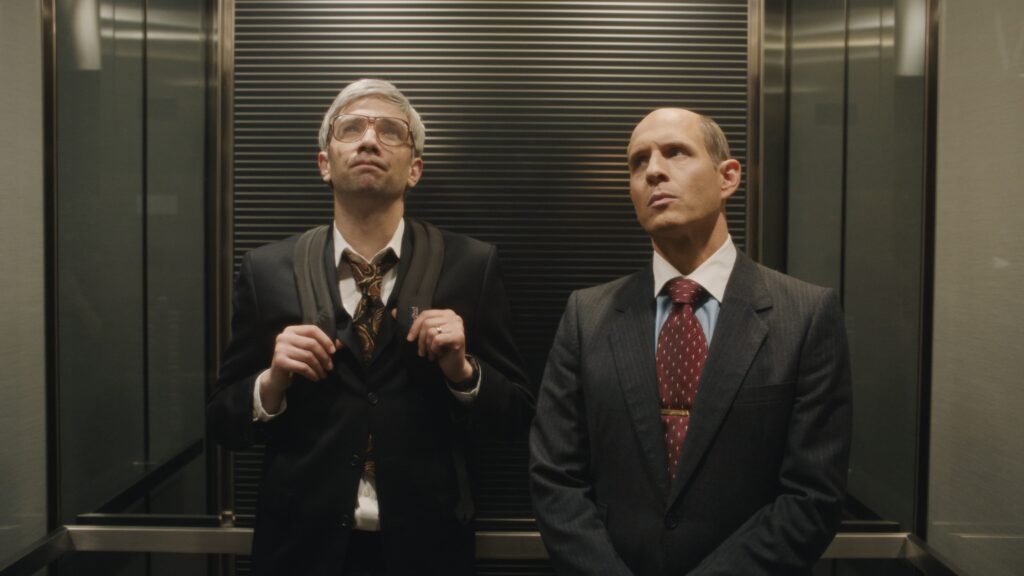
He’s really cooking here, but even the bit parts from the likes of SungWon Cho or a terrifying Michael Ironside are lights out.
Command Z – Steven Soderbergh’s experimental series wasn’t seen by many folks due to its unconventional distribution scheme, but hopefully it’ll wind up on a streaming service soon enough where it will be seen by many. A unique spin on low-fi time travel with a humorous bent and solid performances, literally episodic in nature, but hits the sweet spot in the overall runtime of 90 minutes or so. It’s worth the hoop jumping that it takes to watch it right now, but it will hopefully be more readily available soon enough.
More Info: [IMDB] [Command Z Website] [Kaedrin Movie Award Winner]
Oppenheimer – Christopher Nolan’s epic biopic of J. Robert Oppenheimer and his role in the development of the atomic bomb during World War II is the obvious choice here.
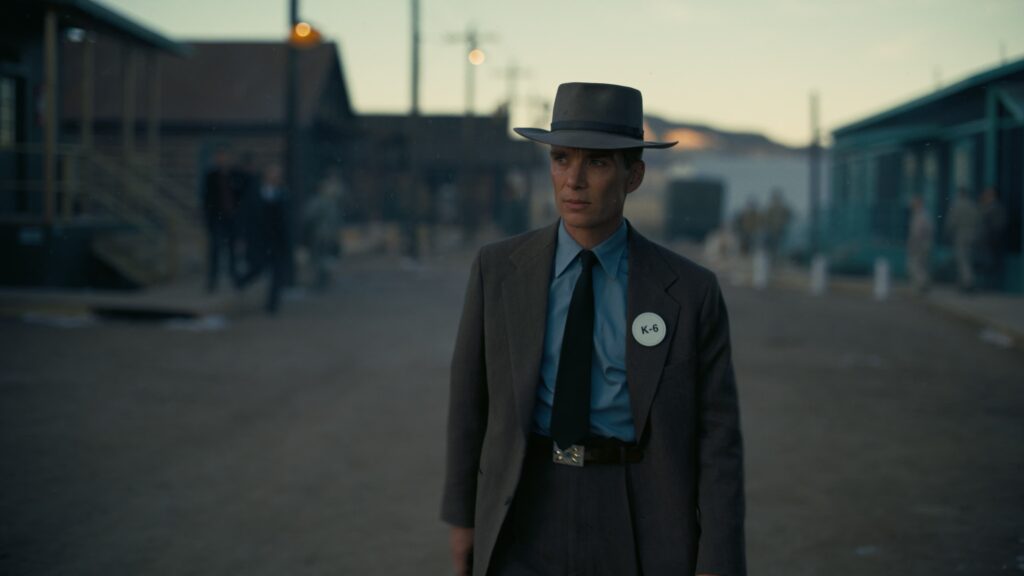
Ambitious, adventurous filmmaking at its best, which is funny because it’s mostly just a movie filled with dudes talking in rooms about serious subjects, but Nolan just can’t help but make it immersive and thrilling. A masterpiece.
Honorable Mention
* In an order I dare you to discern
American Fiction – A black author writes a satirical parody of “black” literature in an attempt to expose the publishing world’s hypocrisies only to find surprising success. In some ways, it lets its satirical targets off the hook, but on the other hand, it’s probably a more entertaining and funny experience because of that choice.
The Boy and the Heron – Hayao Miyazaki’s swan song, a contemplation of legacy that perhaps meanders a bit, but pulls it all together admirably in the end. It’s not a crowd pleaser and doesn’t balance the dream logic with its weighty themes as well as some of Miyazaki’s best, but it’s effectively done and worth checking out.
The Caine Mutiny Court-Martial – A solid farewell for William Friedkin. Formally tight but visually simplistic and unshowy, this is a film driven far more by its taught writing than its visual prowess, which fits with the story being told. I can’t help but think that there’s a better version that blends the two screen versions of this story, but this pure courtroom drama approach is certainly valid and Friedkin pulls great performances from the impressive cast as well.
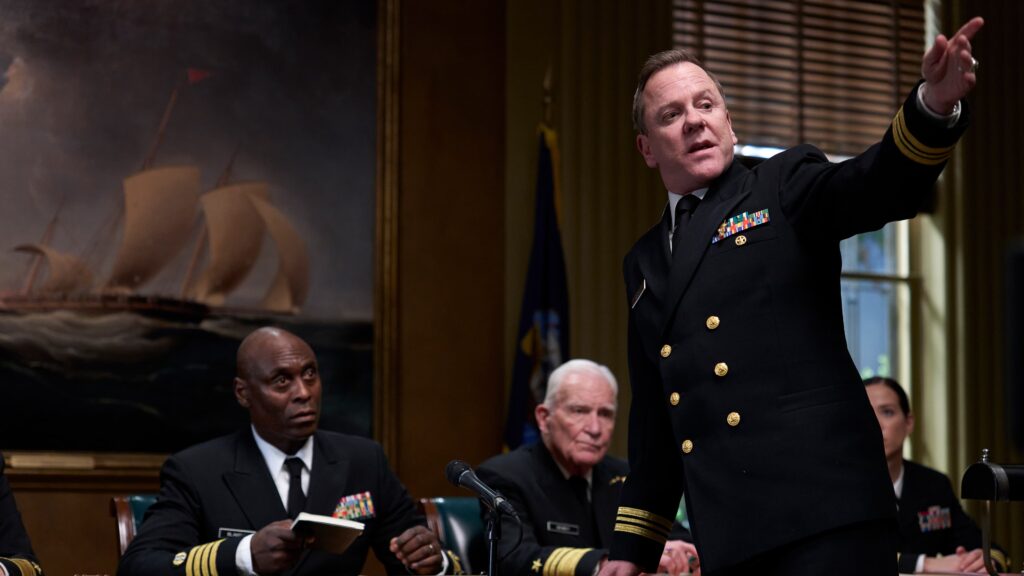
The core drama is preserved and just as thorny as ever, even if we don’t see any of the action and only get the courtroom accounts of what happened (another film about piecing together what has happened in the past, and all the complications inherent in that enterprise).
Dream Scenario – Great high concept story about a man whose life is turned upside down when millions of strangers suddenly start seeing him in their dreams. A sorta exaggerated parable of social media and memetic power that’s obviously quite relevant, it can’t quite maintain momentum throughout the runtime, but it’s a worthy attempt and Nicolas Cage is great in the role.
Dungeons & Dragons: Honor Among Thieves – A charming action/comedy that’s way better than anyone could possibly have expected. Self-aware without being drenched in ironic detachment, it perfectly balances the goofy way a D&D campaign can progress and features plenty of fun characters and solid action. On the bubble for the top 10, but just barely missed and on another day, could very well have made it.
More Info: [IMDB] [Amazon] [Kaedrin Arbitrary Award Winner]
The Equalizer 3 – It’s so funny to me that Denzel Washington has only made two sequels and they’re both in this series, but this might actually be the best of the three. The action moves to Italy this time around, and while it obviously engages in familiar tropes, Washington imbues it all with surprising gravitas, and director Antoine Fuqua captures the action well, especially in the finale, which almost resembles one of those slasher movies where you root for the killer.
More Info: [IMDB] [Amazon] [Kaedrin Arbitrary Award Winner]
Ferrari – Michael Mann’s longtime passion project, a biopic covering a particularly tumultuous period of Enzo Ferrari’s personal and professional life (three pretty traumatic events converging in a relatively short time period) isn’t quite as fast paced or crowd pleasing as Mann’s best work, but it’s still effective and we get a few corkers of monologues or racing action that make the whole thing a worthwhile exercise.
Full Time – French film in which a woman tries to balance caring for her children, her job, and interviewing for a new career, all during a national transit strike. It might not sound like it, but it’s almost like a Safdie-style thriller, with a fantastic, pulsing, anxiety inducing score (that, for some reason, I can’t find anywhere – someone release this thing!) and excellent lead performance. It doesn’t quite descend into full-on tragedy and I think the surprising ending really cemented the film for me.
The History of the Minnesota Vikings – Jon Bois has carved out a truly unique style of documentary filmmaking for himself that is perhaps overlooked due to the subject matter, but probably more because these things just show up on YouTube every year or so. That being said, these long sports documentaries that center around a thematically relevant graph are more interesting than the grand majority of talking heads documentaries or activist exercises. I don’t even particularly care about the teams (and sometimes even the entire sports) that Bois covers, but I can’t help but be compelled by these documentaries.
More Info: [IMDB] [YouTube] [Kaedrin Arbitrary Award Winner]
The Holdovers – Effectively captures that 1970s throwback vibe that it’s going for, with exceptional performances from Paul Giamatti, Dominic Sessa, and Da’Vine Joy Randolph. This is exactly the sort of movie people claim isn’t being made anymore, but here it is, and too many people probably skipped it. A nice coming of age drama with well drawn characters and darkly humorous tone.
LOLA – British micro-budget found footage flick about sisters who invent a time travel device during WWII. Seamlessly integrates authentic newsreel footage with fictional found footage to effective ends, telling a twisty time travel story that is reasonably clever and somewhat unique (the time travel consists of information broadcasts from the future, not actual matter). Short and sweet, I’m guessing the David Bowie music license cost more than the rest of the movie combined.
Mission: Impossible – Dead Reckoning Part One – The best half-a-movie of the year, by far. Tom Cruise and Christopher McQuarrie continue their consistent one-upping of themselves here with a couple of really amazing action set-pieces. Heck, even one of the more conventional sequences earlier in the film puts a similar sequence in Fast X to shame. It’s not quite as cohesive as Fallout, but it’s also only half a movie, even if it finds a good place to end.
More Info: [IMDB] [Amazon] [Kaedrin Arbitrary Award Winner] [Kaedrin Movie Award Winner]
Past Lives – Another one of those adult dramas that people like to claim aren’t made anymore, and to be fair, this one-that-got-away tearjerker is generally not my favorite sort of thing, but it’s well done, very well acted, and there’s plenty to relate to for just about anyone. I found myself surprisingly moved, and that’s one reason I like catching up with so many movies that I would otherwise skip at the end of the year…
Rye Lane – The best romantic comedy of the year, with a charming and sweet chemistry between the leads, some visual flare, and a solid structure behind it. Brisk and frothy fun, it puts enough of a spin on the well worn genre that it comes off feeling fresh even if we’ve seen many of these elements before.

Part of this might just be its British origins, but I still think it’s distinct enough… Well worth seeking out.
More Info: [IMDB] [Hulu] [Kaedrin Arbitrary Award Winner]
When Evil Lurks – Intense Argentinian thriller about a vaguely demonic evil infesting a small town and growing in power or somesuch. It’s messed up and often shocking and thus quite effective. I don’t normally groove on this sort of nihilistic exercise, but it works well here and director Demián Rugna is capable of crafting exquisitely painful sequences. Not exactly fun, but if you can get on its sick frequency, you’ll have a good time.
Just Missed the Cut
But still worthwhile, in their own way. Presented without comment and in no particular order:
- Barbie
- Missing
- Infinity Pool
- Operation Fortune: Ruse de Guerre
- Spider-Man: Across the Spider-Verse
- Asteroid City
- No Hard Feelings
- A Haunting in Venice
- Totally Killer
- Silent Night
- Polite Society
- Poor Things
- The Covenant
- Master Gardener
- Aporia
Should Have Seen
Despite having watched over a hundred movies made in 2023, there are plenty that I probably should have caught up with. Sometimes they weren’t readily available, sometimes I couldn’t muster up the will to get to the theater, sometimes I just didn’t wanna watch (because reasons, that’s why). I will almost certainly end up seeing some of these and loving them, which is why the Kaedrin Movie Awards always has a category about the previous year’s movie…
- Saltburn
- Priscilla
- Beau Is Afraid
- The Iron Claw
- The Zone of Interest
- Saw X
- Theater Camp
- Are You There God? It’s Me, Margaret.
- RoboDoc: The Creation of RoboCop
That just about covers it for the top 10 movies of 2023 and Kaedrin Movie Awards season in general. The only thing that remains is Oscar speculations, which are coming up quickly… Stay tuned!
